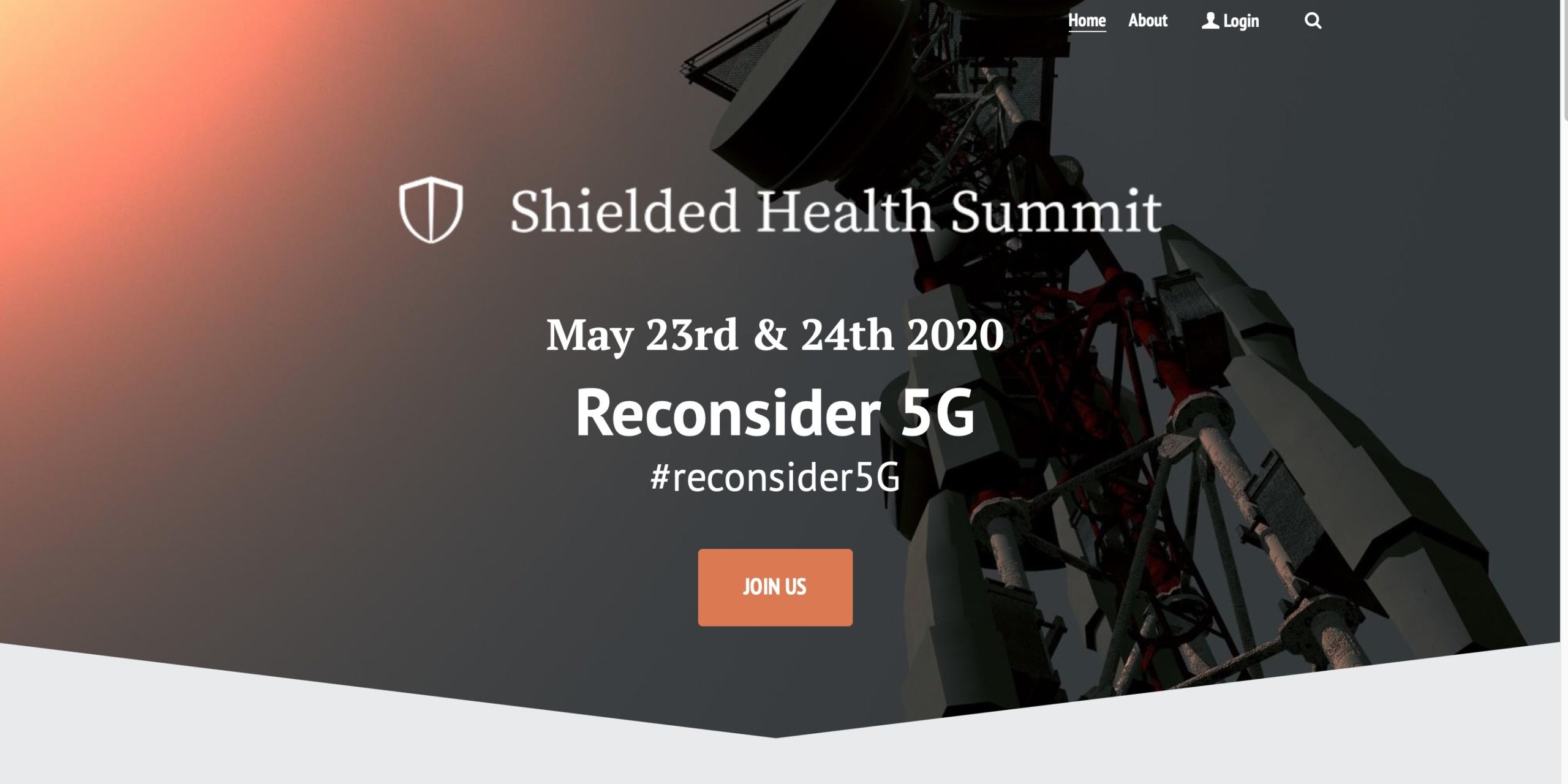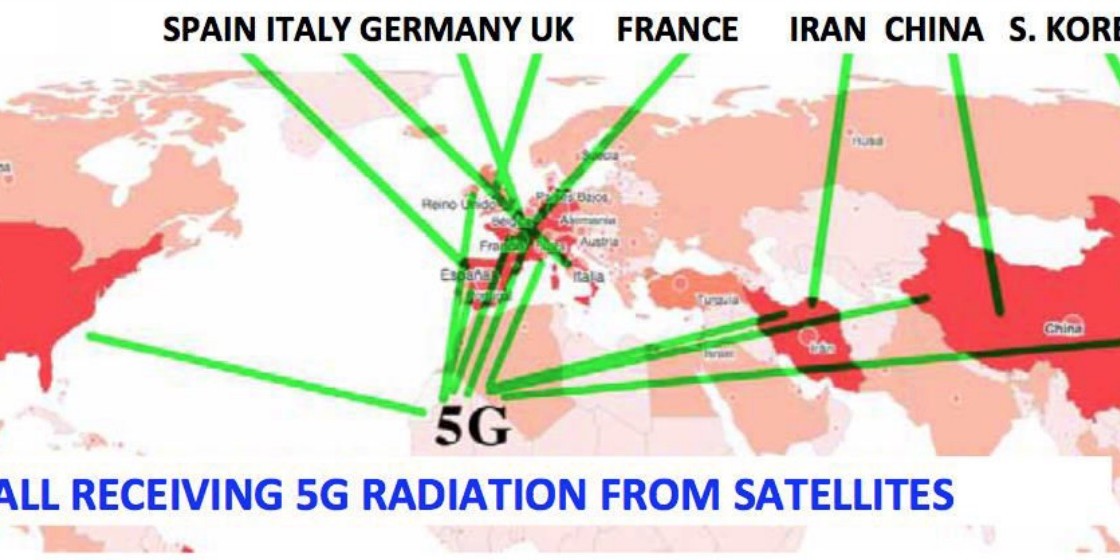Police have now confirmed a preliminary finding that an April 9 transmission tower fire in Porirua was caused by a fault.
At the time, many in the telco industry thought anti-5G protestors – fuelled by a new conspiracy theory which blames the mobile network technology for Covid-19 – were to blame for the blaze, which took out Kordia TV transmission gear, and badly damaged 2degrees equipment.
But a police spokeswoman told the Herald this morning: “There were no suspicious circumstances around the fire. A FENZ [Fire and Emergency] investigation has determined the fire was caused by an electrical fault.”
Anti-5G protestors are still in the frame for two other incidents, however: the destruction of a new 4G celltower in the Far North last month, just before to due to be switched on, and an arson attack on a cell site in Manurewa – whose protagonists posted a video (above) of their efforts to Facebook on Monday night (where it was shared more than 405 times and garnered 5500 views before the social network suspended the account of the person who uploaded it).
This morning, a police spokesman said there was no update on the ongoing enquiry into the Manurewa attack.
If anyone had information about the Manurewa incident, they should call 105 or Crimestoppers anonymously on 0800 555 111.
Attacks on cellphone towers are happening worldwide, as bogus stories tying 5G to the coronavirus outbreak gain currency on social media.
In the UK, there have been some 80 incidents of celltower arson or vandalism since the start of the outbreak, including Tuesday’s attack on a mast serving the emergency NHS Nightingale hospital in Birmingham.
Vodafone UK chief executive Nick Jeffery described attacks on 5G towers as a “matter of national security”, and said police and counter terrorism authorities are now investigating the attacks, which Jeffery labelled the work of “deluded conspiracy theorists”.
Here, phone company executives have been more reserved in their public comments.
The most overt link was drawn by Geoff Thorn, head of Telecommunications Forum, which represents Spark, Vodafone and 2degrees. The TCF boss said after the Kaitai attack: “We know that damage to mobile networks in other countries has been linked to groups opposed to 5G.”
Spark, Vodafone and 2degrees all told the Herald there have been multiple attacks celltowers, but none want to share details for fear of triggering copycat attacks.
A spokeswoman for Spark said, “Since the end of March, there has been vandalism, including arson attempts at a few of our cell towers.
“We share the broader industry’s outrage over acts of vandalism against critical infrastructure during a pandemic – a time when connectivity is more important than ever.”
Vodafone NZ infrastructure director Tony Baird called the attacks “infuriating” at time when the outbreak made communications critical and networks were seeing traffic increases of up to 60 per cent.
Technology commentator Bill Bennet said, “The attacks are going to make life harder still for everyone. Cell towers are vital infrastructure. In many parts of New Zealand they are the only practical telecommunications technology. They allow people to work from home. Students use it to keep up with lessons. Anyone in trouble needs cellular to call for emergency services.
Facebook responds
A Facebook spokesman told the Herald after the Manurewa fire, “We’re taking aggressive steps to stop misinformation and harmful content from spreading on our platforms and connect people to accurate information from the World Health Organisation about coronavirus.
“Content encouraging attacks on 5G masts clearly violates our policies and we have removed a number of pages, groups and posts.
“Over the last week, under our existing policies against harmful misinformation, we have also begun removing false claims that 5G technology causes the symptoms of or contraction of Covid-19.”
And in an initiative announced overnight, Facebook said it will now send alerts to people who have “Liked” or commented on posts containing harmful or false claims about Covid 19.
/arc-anglerfish-syd-prod-nzme.s3.amazonaws.com/public/44DABSPFBZHT3JDDVWGD6R7Z3I.jpg)
5G myths debunked
The persistence of conspiracy theories around 5G even forced Prime Minister Jacinda Ardern to address the topic during an April 8 Covid-19 press conference.
She said there was no link between 5G and the virus and urged anyone who was concerned to refer to the Ministry of Health and Chief Science Advisor websites.
A comprehensive “What is 5G?” explainer published on the Chief Science Adviser’s website notes the difference between harmful ionising radiation, such as that produced by x-rays, which has enough energy to harm cells with prolonged exposure, and non-ionising radiation (such as the radio frequencies used for 5G transmission, 5G phones and Wi-Fi) that do not have enough energy to damage cells.
Those concerned about 5G often cite that radiofrequency radiation was classified as a “possible human carcinogen” by the International Agency for Research on Cancer (an arm of the United Nations’ World Health Organisation) in 2011.
The Chief Science Adviser’s 5G Q&A puts this into context, noting the “possible” category – unlike the IARC’s “probable” list – includes phenomena where a link to cancer cannot be completely ruled out and “catches many commonly encountered things, such as pickles and dry cleaning, so represents a low-risk rating. To put this in perspective, even the classification above this, ‘probable human carcinogens,’ includes widely encountered activities including drinking very hot drinks and working night shifts”.
Today, the Technology Users’ Association of NZ (the recently re-branded Tuanz), also launched a plain-English guide, designed to reassure people about 5G. Find it here.
“We know that there is a significant amount of misinformation on social media on what 5G is and the unverified health risks associated with this new technology,” said Tuanz head Craig Young.
“Our new site provides brief and simple explanations of why this risk is overstated and provides links to credible scientific information that debunks any theories.”
Spread the word:
- Click to share on Facebook (Opens in new window)
- Click to share on Twitter (Opens in new window)
- Click to share on WhatsApp (Opens in new window)
- Click to share on LinkedIn (Opens in new window)
- Click to share on Pinterest (Opens in new window)
- Click to share on Reddit (Opens in new window)
- Click to share on Tumblr (Opens in new window)
- Click to share on Telegram (Opens in new window)
- Click to print (Opens in new window)



